Alphabet Inc., Google’s parent company, reported record-breaking advertising revenue of $65.52 billion in the fourth quarter of 2023, year on year.
A 12.7% gain in search revenue was accompanied by a strong increase in revenue for YouTube ads by 15.5%.
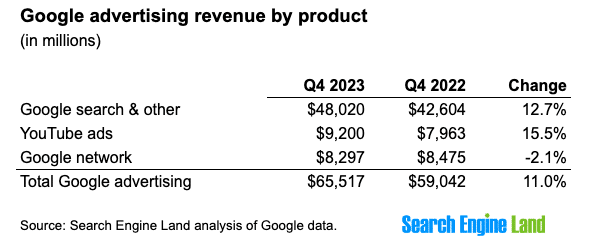
Google’s advertising network was slightly down 2.1%, however, this was an improvement on the 2.6% loss reported in the third quarter of 2023.
- “We ended 2023 with very strong fourth quarter financial results, with Q4 consolidated revenues of $86 billion, up 13% year over year. We remain committed to our work to durably re-engineer our cost base as we invest to support our growth opportunities,” said Alphabet President and Chief Investment Officer, CFO, Ruth Porat.
Google’s ad revenue increased by $6.48 billion from the previous year, while YouTube ad revenue was $9.2 billion, up from $8 billion in 2022.
Alphabet had its best-ever sales in the fourth quarter, reaching $86.3 billion. This not only beat the previous record of $76.7 billion but also exceeded what analysts had predicted at $85.3 billion. The company’s ad revenue is now growing strongly again, showing that digital advertising is bouncing back after a rocky start in 2023.
Why we care. The record-breaking results suggest that brands are allocating more budget to Google, reaffirming its status as a favored ad platform. The rising popularity implies potential increases in advertising costs on Google and heightened competition in auctions, potentially affecting the reach and effectiveness of your campaigns.
What Google is saying. Sundar Pichai, CEO, said in a statement:
- “We are pleased with the ongoing strength in Search and the growing contribution from YouTube and Cloud. Each of these is already benefiting from our AI investments and innovation. As we enter the Gemini era, the best is yet to come.”
Earnings report. You can read Alphabet’s full fourth quarter 2023 results report for more information.
a message brought to you by Wayne Vass SEO
This article first appeared on: The post %%POSTLINK%% appeared first on %%BLOGLINK%%.


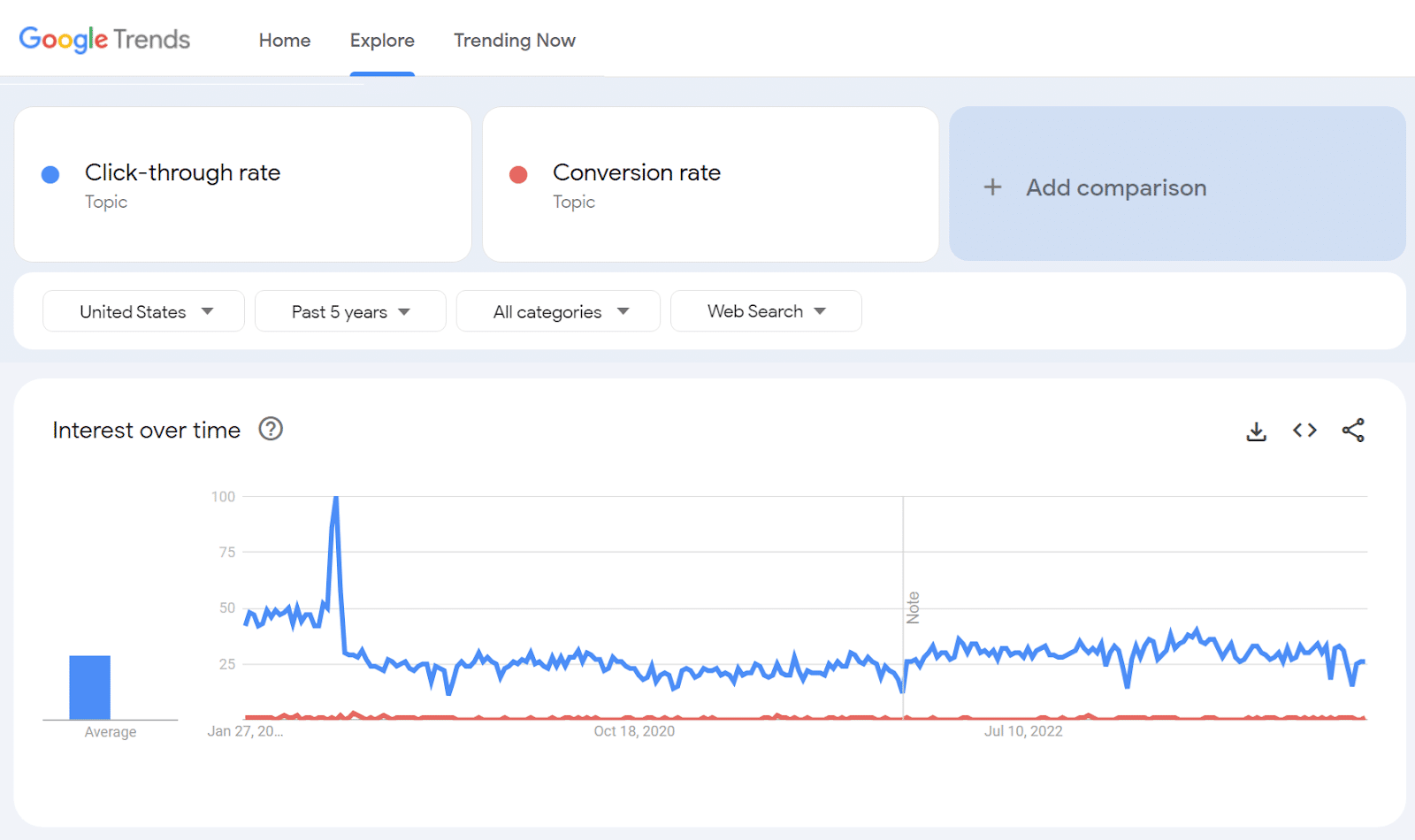
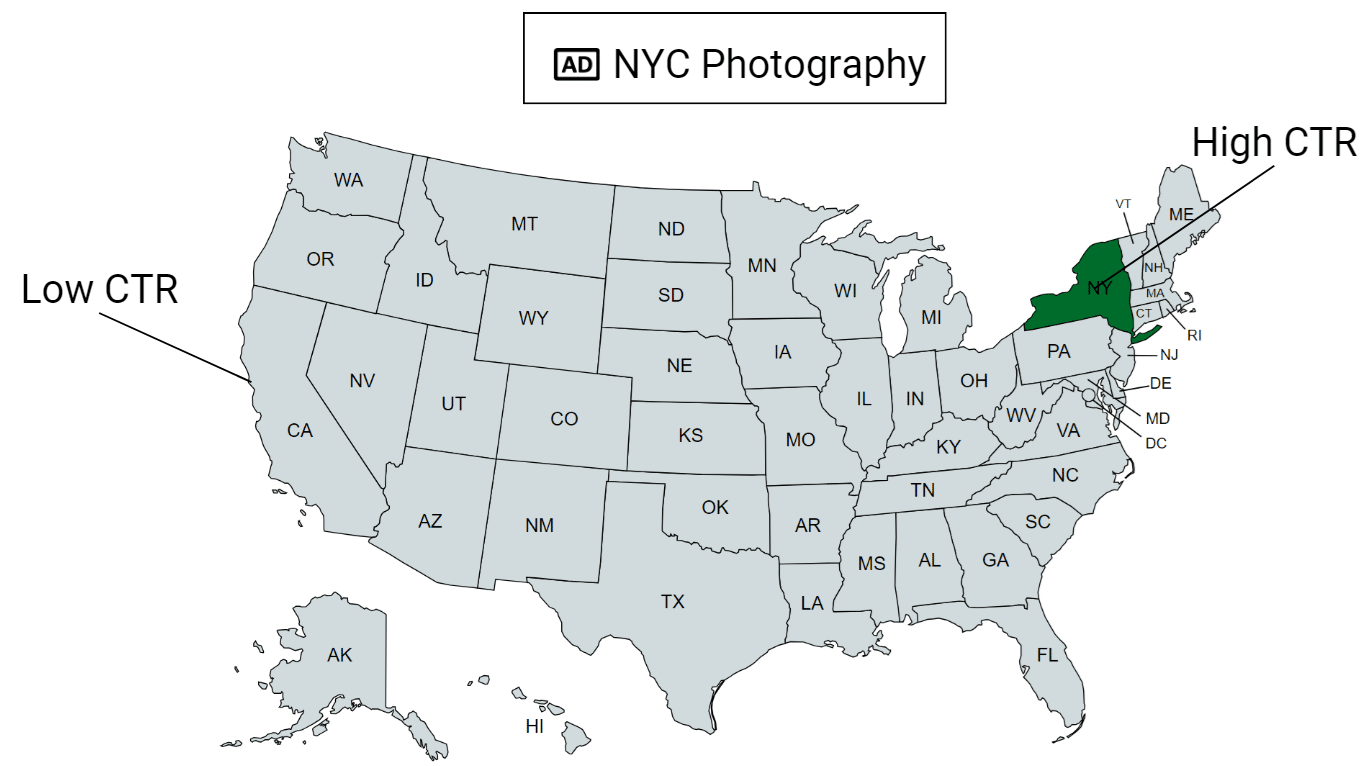
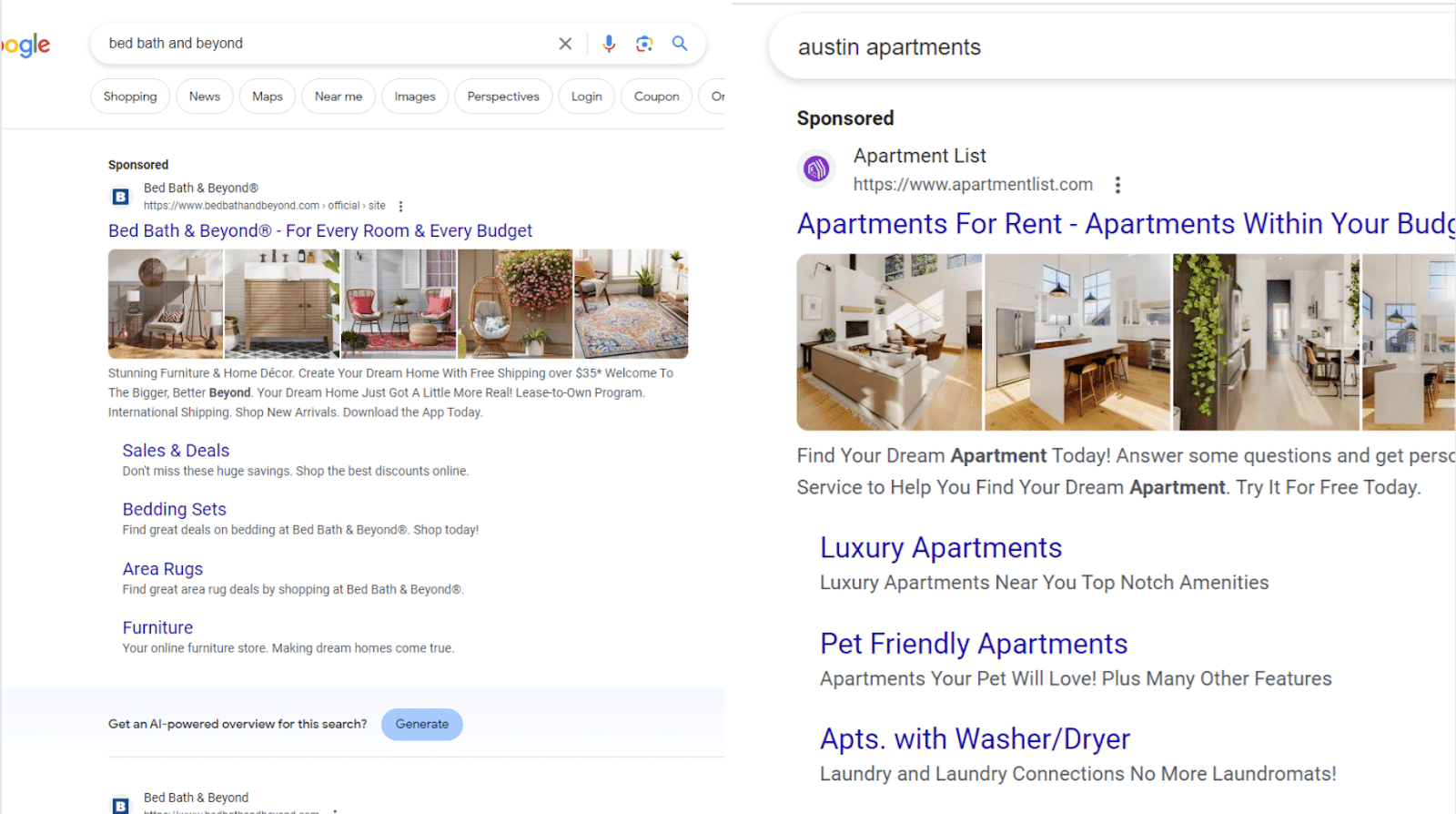






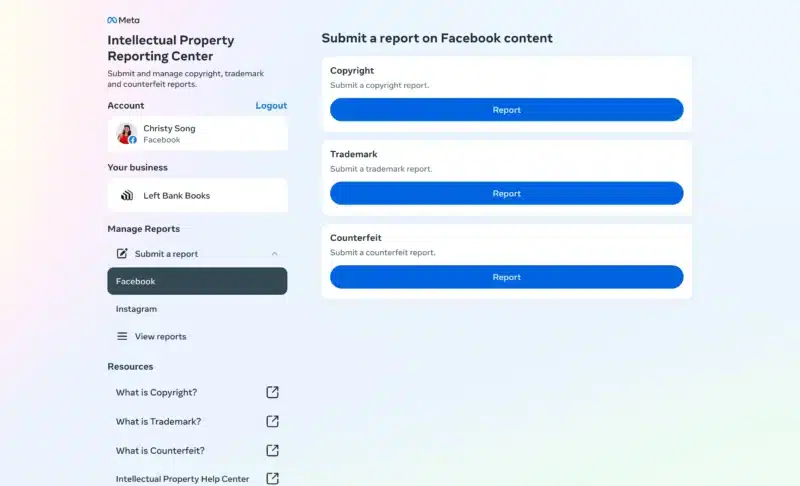
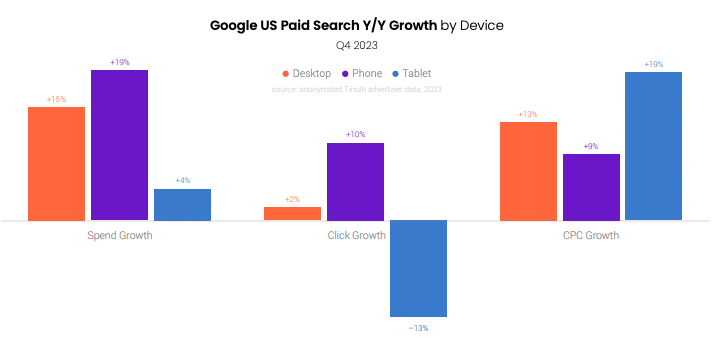
 RSS Feed
RSS Feed
